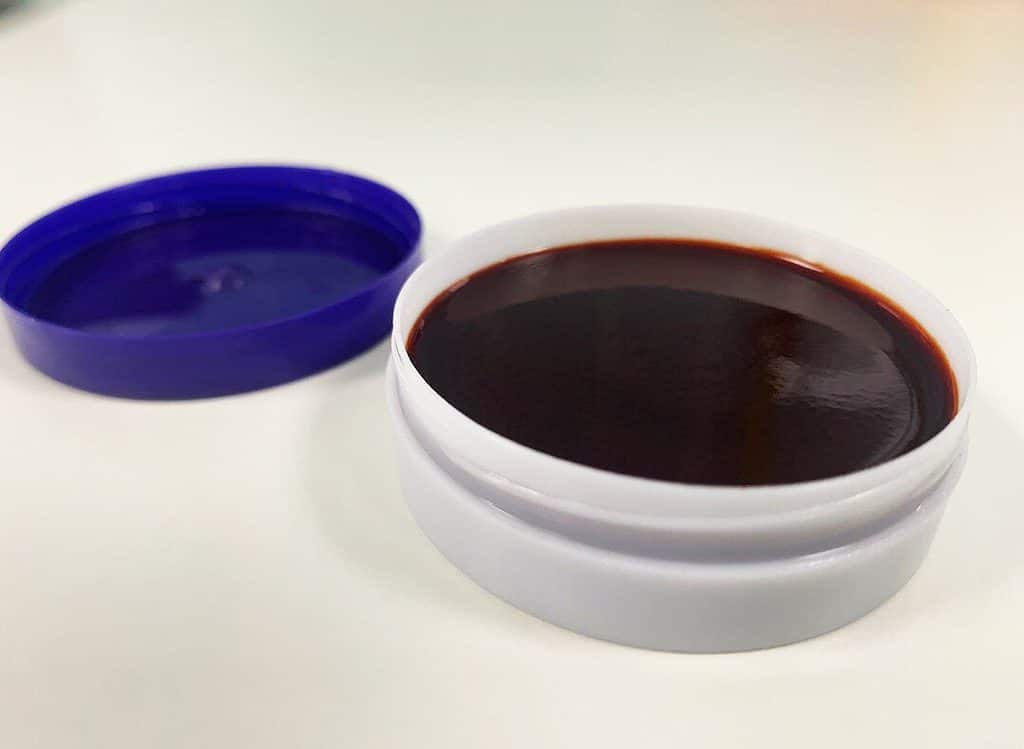Researchers found that adding cranberry extract to lipstick (and possibly, other cosmetics) can offer antimicrobial effects. The researchers suggest that lipstick formulas incorporating natural colorants from fruits could also offer health benefits and protect from infection.

We’ve written before about how cosmetic products like nail polish or lipstick can be bad for you, but what if cosmetic products could actually be good for you? Better yet, what if they could do that while also looking really cool?
The key ingredient, a new study reports, is incorporating natural coloring like cranberries or dragonfruit into the mix.
The idea of using natural coloring for cosmetics is not new at all. The Ancient Egyptians, who regarded beauty as a sign of holiness, wore a lot of cosmetics and often incorporated them into rituals as far back as 7,000 years ago. They mostly used crushed rocks (like malachite or coal), but they also incorporated biological pigments like sycamore juice or carob. For thousands of years, humans have used various forms of natural pigments, but recently, we switched to synthetic pigments.
However, even more recently, we seem to have gone full circle, and more and more, the industry is switching back to more natural products (in part because many of the synthetic compounds were found to have negative effects on human health). In the new study, a team led by Alberto Tuñón-Molina from the Universidad Católica de Valencia added cranberry extract to a lipstick cream base. The base also contained shea butter, vitamin E, provitamin B5, a type of palm oil, and avocado oil. The result was a deep red lipstick that also had antimicrobial properties.

The lipstick was then tested in against cultures containing various viruses, bacteria, and one fungal species. All the virus types were completely inactivated within a minute of contact with the cranberry lipstick, as were most of the other pathogens. Even a multidrug-resistant bacteria was substantially inactivated within five hours of applying the cream. Although the cream wasn’t tested on the human body, researchers say this is a sign that the novel lipstick formula could protect against a variety of disease-causing microorganisms (at least on the lips).
This isn’t the first time something like this was attempted. Two years ago, researchers developed a dragonfruit-based pigment that also proved efficient against several pathogens, including Staphylococcus aureus, one of the most resilient pathogens. The authors of that study concluded:
“It is the role of pharmacists to formulate herbal lipstick as an alternative for the synthetic to minimize the side effects. Thus, the present work was designed to formulate natural lipstick to minimize the adverse effects by using natural colorant betacyanin pigment obtained from H. polyrhizus and other natural ingredients.”
However, this type of approach has to also be tested in the real world on people before any conclusion can be drawn — as we’ve seen many times before, a lot of things kill pathogens in a petri dish, but this doesn’t always translate to reality. In addition, while this type of lipstick may protect against pathogens that come directly into contact with the lipstick, it’s not clear if it has any effect on pathogens you breathe in. Basically, it’s not clear just how much protection this offers.
The good news is that this type of pigment isn’t all that expensive. If this protection is significant, and it’s up to par in all other aspects, we may see antimicrobial formulations soon. In the meantime, it’s probably a good idea be careful what you put on your skin and your lips.
Journal Reference: Alberto Tuñón-Molina et al, Antimicrobial Lipstick: Bio-Based Composition against Viruses, Bacteria, and Fungi, ACS Applied Materials & Interfaces (2022). DOI: 10.1021/acsami.2c19460









